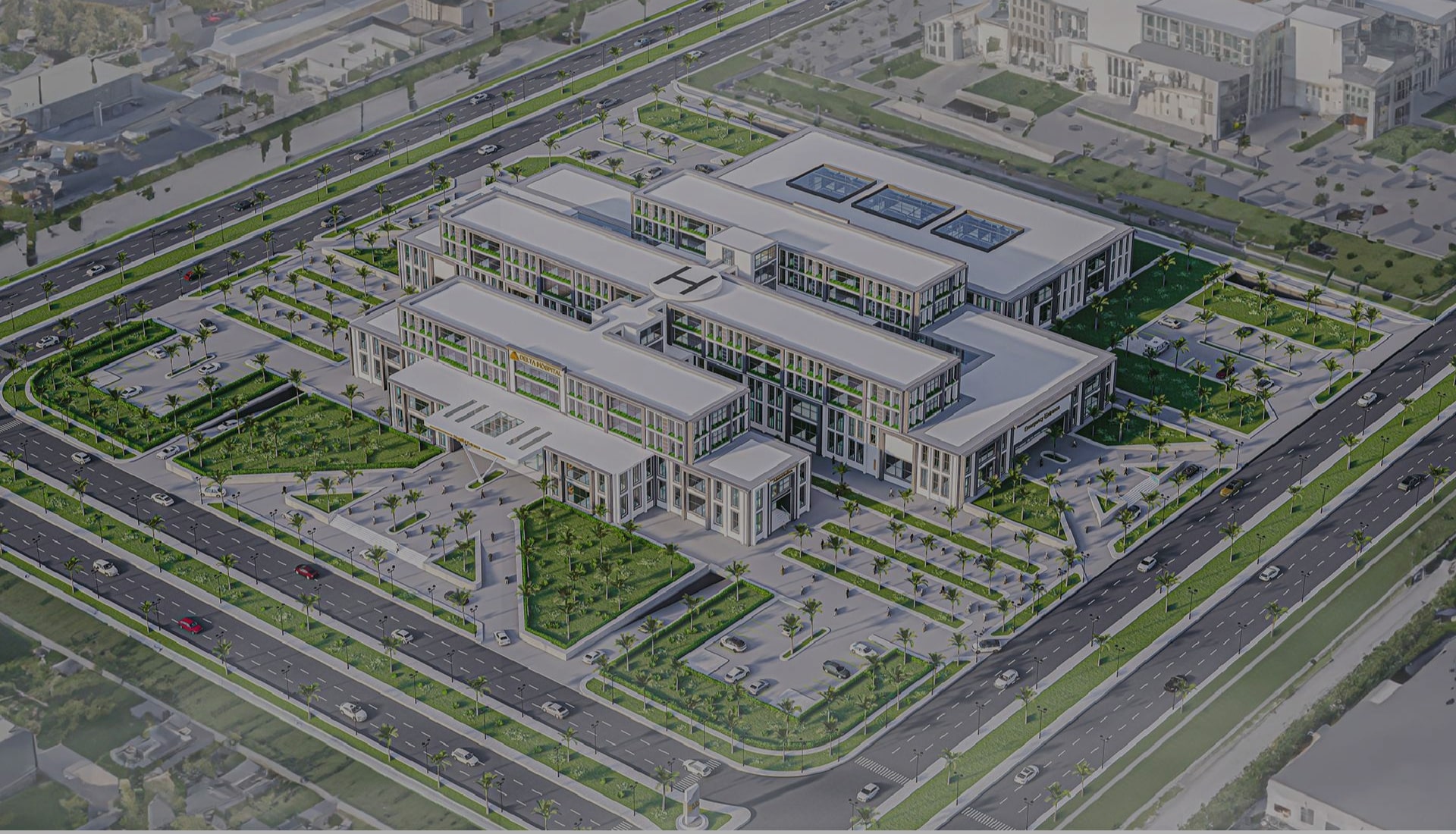
HOSPITAL DESIGN HUB Sustainable Hospital Design in Iran: Balancing Tradition and Modernity
Sustainable Hospital Design in Iran: Balancing Tradition and Modernity
As Iran seeks to modernize its healthcare infrastructure, the challenge of balancing sustainability with cultural tradition is becoming increasingly important. Sustainable hospital design in Iran involves integrating eco-friendly practices with the country’s rich architectural heritage, creating healthcare environments that are both functional and culturally resonant. This guide explores the key aspects of sustainable hospital design in Iran, focusing on how modern sustainability practices can be harmonized with traditional design principles.
1. Eco-Friendly Building Materials
Balancing Act: Iran’s architectural tradition includes the use of natural, locally sourced materials such as mud bricks, clay, and stone. These materials are not only environmentally friendly but also suited to the country’s climate.
Modern Integration:
- Sustainable Sourcing: Use locally sourced, eco-friendly materials that align with traditional aesthetics, such as adobe or limestone. These materials offer natural insulation and blend seamlessly with traditional Iranian architecture.
- Recycled Materials: Incorporate recycled materials in construction, such as reclaimed wood or metal, which reduce the environmental impact while maintaining the aesthetic integrity of the building.
- Low-Impact Finishes: Utilize non-toxic, low-VOC paints, and finishes that reflect traditional Iranian colors and patterns, ensuring both sustainability and cultural continuity.
2. Energy Efficiency and Solar Power
Balancing Act: Iran’s hot climate requires efficient energy use, especially in hospitals where energy demand is high. Traditional Iranian architecture often features design elements like wind towers (badgirs) and thick walls that naturally cool and ventilate buildings.
Modern Integration:
- Solar Panels: Install solar panels on rooftops or facades to harness Iran’s abundant sunlight, reducing reliance on non-renewable energy sources.
- Natural Ventilation: Integrate traditional wind towers into modern designs to facilitate natural ventilation, reducing the need for mechanical cooling systems.
- Thermal Mass: Utilize building materials with high thermal mass, such as thick adobe walls, to naturally regulate indoor temperatures, minimizing the need for air conditioning.
3. Water Conservation and Management
Balancing Act: Water scarcity is a significant issue in many parts of Iran. Traditional Persian gardens (Bagh) and Qanats (underground water channels) are examples of ancient water management techniques that can inspire modern sustainable practices.
Modern Integration:
- Greywater Recycling: Implement greywater recycling systems to reuse water from sinks and showers for irrigation and other non-potable uses, echoing the efficiency of traditional Qanats.
- Efficient Irrigation: Use drip irrigation systems in hospital gardens and green spaces, inspired by the careful water management of Persian gardens.
- Rainwater Harvesting: Incorporate rainwater harvesting systems to collect and store water for use in hospital operations, reducing dependence on municipal water supplies.
4. Integration of Green Spaces
Balancing Act: Green spaces have always been integral to Iranian architecture, with gardens symbolizing paradise in Persian culture. These spaces provide not only aesthetic value but also mental and physical health benefits.
Modern Integration:
- Healing Gardens: Design hospital gardens that offer tranquil, healing environments for patients and staff, drawing inspiration from traditional Persian gardens with features like fountains, shaded walkways, and seating areas.
- Vertical Gardens: In urban areas with limited space, incorporate vertical gardens on building facades, combining modern green technology with traditional aesthetic elements.
- Rooftop Gardens: Create rooftop gardens to provide additional green space, improve insulation, and contribute to the hospital’s sustainability goals.
5. Cultural Sensitivity in Design
Balancing Act: Hospital designs must respect and reflect Iran’s cultural and religious values. This includes considerations for gender segregation, privacy, and religious practices, all of which are deeply rooted in Iranian society.
Modern Integration:
- Gender-Sensitive Spaces: Design separate waiting areas, wards, and consultation rooms for men and women, respecting cultural norms while incorporating sustainable design features such as energy-efficient lighting and ventilation.
- Prayer Rooms: Include prayer rooms within the hospital that are easily accessible and designed with energy-efficient materials, providing spaces for reflection and religious practices.
- Cultural Aesthetics: Use traditional Persian design elements, such as arches, intricate tile work, and geometric patterns, in a way that also enhances energy efficiency and sustainability, such as through the use of natural light and passive cooling techniques.
6. Waste Management and Recycling
Balancing Act: Proper waste management is critical in hospitals, which generate a significant amount of medical and non-medical waste. Traditional practices of reuse and recycling can be adapted to modern waste management systems.
Modern Integration:
- Segregated Waste Disposal: Implement waste segregation at the source, with clearly marked bins for recyclables, hazardous waste, and general waste, ensuring efficient waste management aligned with sustainable practices.
- Composting: Where possible, incorporate composting systems for organic waste, using the compost in hospital gardens and green spaces, reminiscent of traditional agricultural practices.
- Medical Waste Treatment: Use modern medical waste treatment technologies that minimize environmental impact, ensuring that hazardous waste is safely processed and does not harm the surrounding community.
7. Flexibility and Future Expansion
Balancing Act: Designing hospitals with the flexibility to adapt to future needs is essential, especially in a rapidly developing country like Iran. Traditional Iranian architecture often includes modular elements that allow for easy expansion.
Modern Integration:
- Modular Design: Use modular construction techniques that allow for easy expansion or reconfiguration of hospital spaces as needs change, similar to the adaptable design of traditional Iranian buildings.
- Scalable Infrastructure: Plan for scalable building systems, such as HVAC and electrical, that can be upgraded or expanded without significant reconstruction, ensuring the hospital remains functional and sustainable as it grows.
- Adaptable Spaces: Design multi-purpose spaces that can be easily converted for different uses, such as converting administrative areas into patient care zones, reflecting the multi-functional nature of traditional Iranian architecture.
Conclusion
Sustainable hospital design in Iran is about more than just incorporating modern eco-friendly practices; it’s about harmonizing these practices with the country’s rich cultural and architectural traditions. By balancing tradition and modernity, Iranian hospitals can become not only centers of medical excellence but also models of sustainable development that resonate with the values and history of the communities they serve. This approach ensures that healthcare facilities are not only functional and efficient but also culturally appropriate and environmentally responsible.
4o




